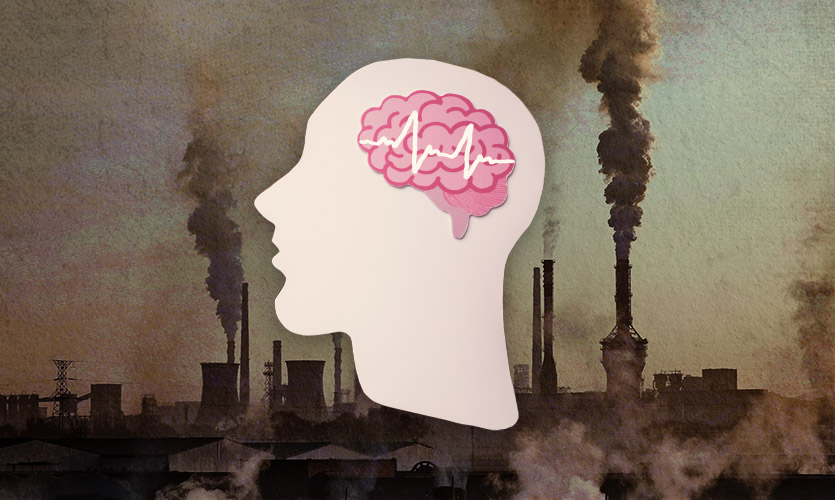Researchers at the University of Michigan have found that groups of neurons that get activated when you’re learning something new, keep humming and building memories into your brain during sleep.
The group of researchers have been exploring how memories are associated with specific sensory events and are formed and stored in mice. As per their findings, the neurons are activated not only by a visual stimulus but also are more active during the subsequent sleep. Previous research has shown that parts of the brain are highly active while intensive learning and tend to show more activity during sleep. But earlier, it was unclear whether this reactivation of memories during sleep results in helping the brain store newly learned material.
“Part of what we wanted to understand was whether there is communication between parts of the brain that are mediating the fear memory and the specific neurons mediating the sensory memory that the fear is being tied to. How do they talk together, and must they do so during sleep? We would really like to know what’s facilitating that process of making a new association, like a particular set of neurons, or a particular stage of sleep,” said Sara Aton, senior author of the study and a professor in the U-M Department of Molecular, Cellular and Developmental Biology to ANI. “But for the longest time, there was really no way to test this experimentally.”
Researchers can now genetically tag cells that are activated at a particular moment when the brain is experiencing something. Aton and the study’s lead author, graduate student Brittany Clawson, created a visual memory test that focused on a specific set of neurons in the primary visual cortex. A group of mice were shown a neutral image, and expressed genes in the visual cortex neurons were activated by the image. To verify whether the image was registered by these neurons, the team tested whether they could activate the neurons selectively without showing the mice any image. They paired this activation of the neurons with a mild foot shock and found that the subjects subsequently were afraid of visual stimuli that looked similar to the image that the brain cells had encoded. The reverse of this was also found to be true: after pairing the foot shock to the visual stimulus, the mice would fear the reactivation of the neurons.
“Basically, the precept of the visual stimulus and the precept of this completely artificial activation of the neurons generated the same response,” Aton said.
However, when sleep was disrupted after the images were shown to the subjects along with foot shock, no fear was associated with the visual stimulus. Those subjects whose sleep was not interrupted continued to fear the visual stimulus paired with mild foot shock. “We found that these mice actually became afraid of every visual stimulus we showed them,” Aton said. “From the time they go to the chamber where the visual stimuli are presented, they seem to know there’s a reason to feel fear, but they don’t know what specifically they’re afraid of.”
This shows that to make an accurate fear association with a visual stimulus, there may need to be a sleep-associated reactivation of the neurons, according to Aton. This helps a memory specific to that visual cue to be generated. Researchers think that the sensory cortical area has to communicate with the other parts of the brain to attach the sensory aspect of the memory to the emotional aspect.
These findings, according to Aton, could have implications on how anxiety and post-traumatic stress disorder are understood. “To me, this is kind of a clue that says, if you’re linking fear to some very specific event during sleep, sleep disruption may affect this process. In the absence of sleep, the brain seems to manage processing the fact that you are afraid, but you may be unable to link that to what specifically you should be afraid of,” Aton said to ANI. “That specification process may be one that goes awry with PTSD or generalized anxiety.”










